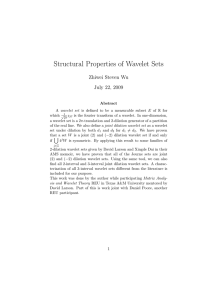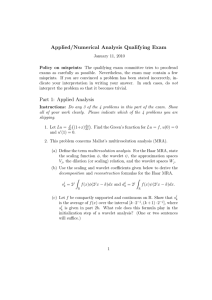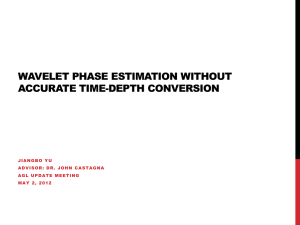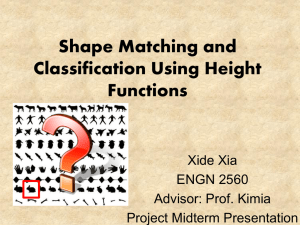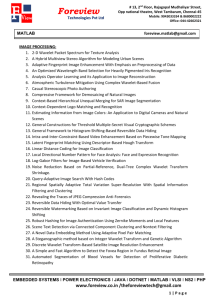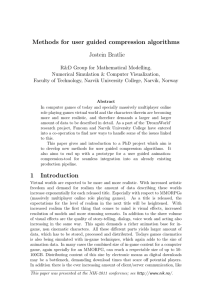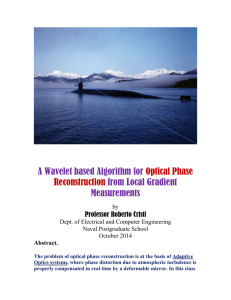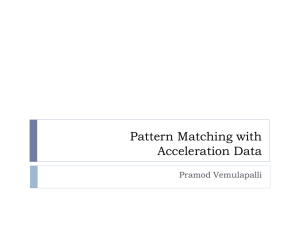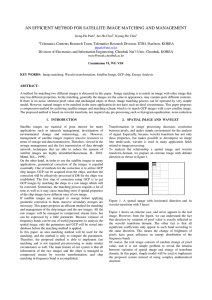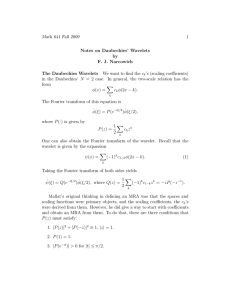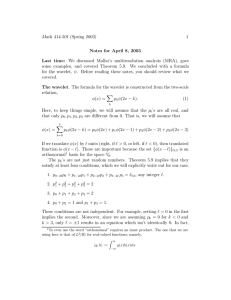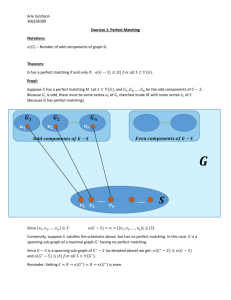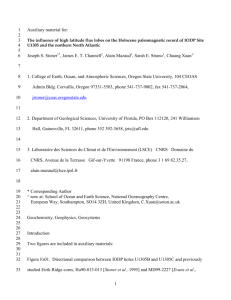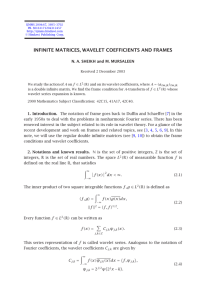Abstract - Best IEEE Projects
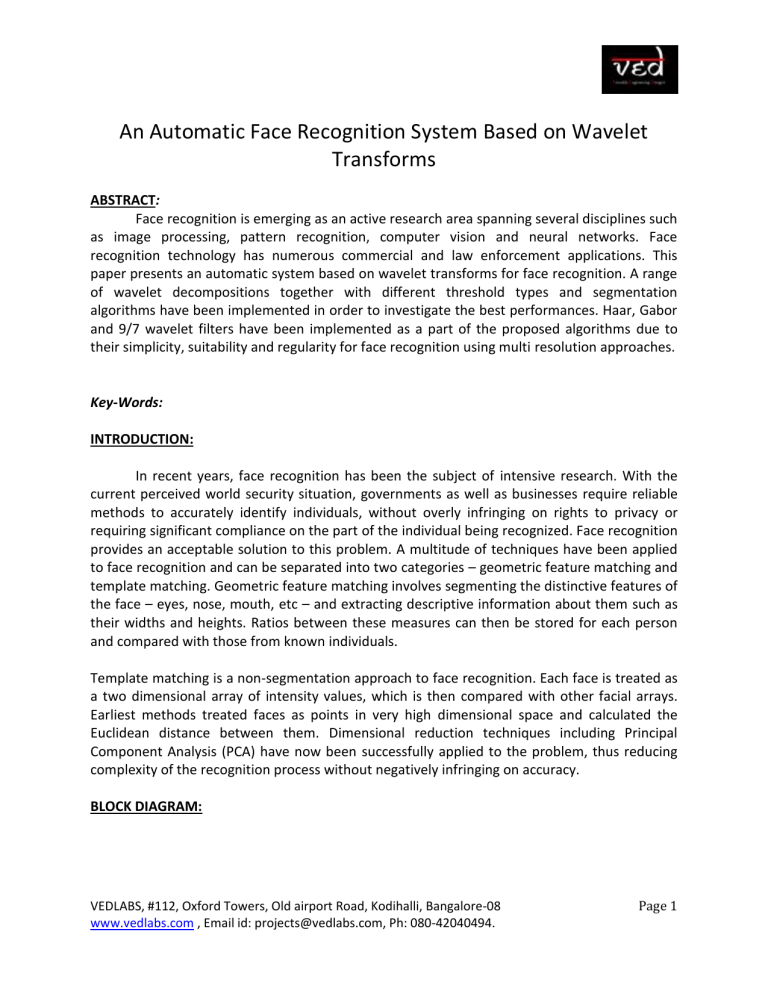
An Automatic Face Recognition System Based on Wavelet
Transforms
ABSTRACT:
Face recognition is emerging as an active research area spanning several disciplines such as image processing, pattern recognition, computer vision and neural networks. Face recognition technology has numerous commercial and law enforcement applications. This paper presents an automatic system based on wavelet transforms for face recognition. A range of wavelet decompositions together with different threshold types and segmentation algorithms have been implemented in order to investigate the best performances. Haar, Gabor and 9/7 wavelet filters have been implemented as a part of the proposed algorithms due to their simplicity, suitability and regularity for face recognition using multi resolution approaches.
Key-Words:
INTRODUCTION:
In recent years, face recognition has been the subject of intensive research. With the current perceived world security situation, governments as well as businesses require reliable methods to accurately identify individuals, without overly infringing on rights to privacy or requiring significant compliance on the part of the individual being recognized. Face recognition provides an acceptable solution to this problem. A multitude of techniques have been applied to face recognition and can be separated into two categories – geometric feature matching and template matching. Geometric feature matching involves segmenting the distinctive features of the face – eyes, nose, mouth, etc – and extracting descriptive information about them such as their widths and heights. Ratios between these measures can then be stored for each person and compared with those from known individuals.
Template matching is a non-segmentation approach to face recognition. Each face is treated as a two dimensional array of intensity values, which is then compared with other facial arrays.
Earliest methods treated faces as points in very high dimensional space and calculated the
Euclidean distance between them. Dimensional reduction techniques including Principal
Component Analysis (PCA) have now been successfully applied to the problem, thus reducing complexity of the recognition process without negatively infringing on accuracy.
BLOCK DIAGRAM:
VEDLABS, #112, Oxford Towers, Old airport Road, Kodihalli, Bangalore-08 www.vedlabs.com
, Email id: projects@vedlabs.com, Ph: 080-42040494.
Page 1
HARDWARE AND SOFTWARE REQUIREMENTS:
Software Requirement Specification:
Operating System: Windows XP with SP2
Tool: MATLAB R2010, Version: 7.10.0
Hardware Requirement specification:
Minimum Intel Pentium IV Processor
Primary memory: 2 GB RAM,
REFERENCES:
[1] H. Demirel, T.J. Clarke and P.Y.K. Cheung “Adaptive Automatic Facial Feature Segmentation”,
2nd International Conference on Automatic Face and Gesture Recognition, October 14-16,
1996.
[2] M. Turk and A. Pentland “Eigenfaces for Recognition”, J. Cognitive NeuroScience, vol. 3, pp.
71-86, 1991.
[3] B. Moghaddan, W. Wahid and A. Pentland, “Beyond Eigenfaces: Probabilistic Matching for
Face Recognition”, Proceedings of Face and Gesture Recognition, pp 30-35, 1998.
[4] E. Kussul, T. Baidyk and M. Kussul “Neural Network System for Face Recognition”,
Proceedings of ISCAS’04, International Symposium on Circuits and Systems 2004.
[5] C. Sanderson "Face Processing & Frontal Face Verification", IDIAP-RR 03-20, Martigny,
Switzerland, 2003.
VEDLABS, #112, Oxford Towers, Old airport Road, Kodihalli, Bangalore-08 www.vedlabs.com
, Email id: projects@vedlabs.com, Ph: 080-42040494.
Page 2



